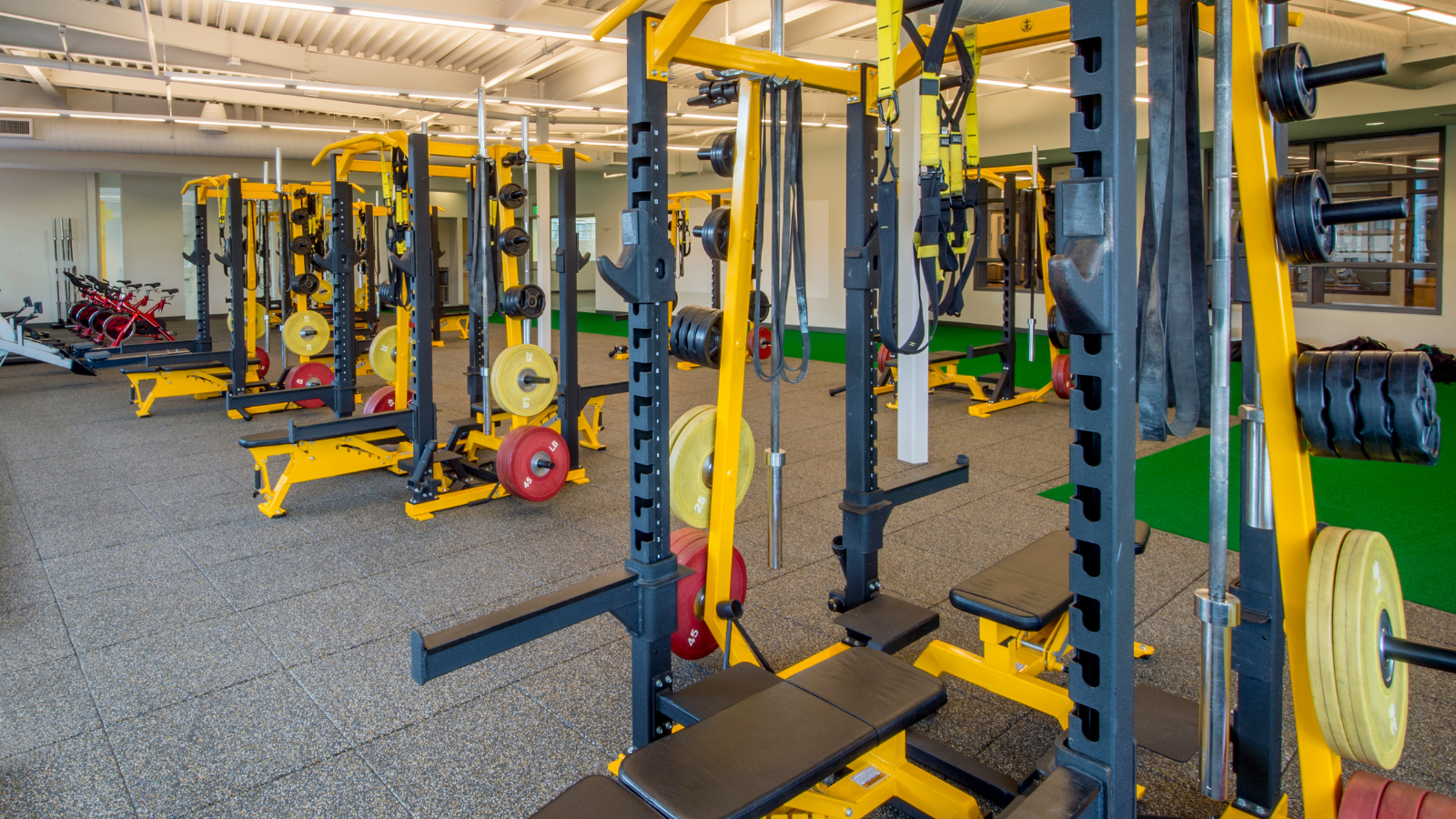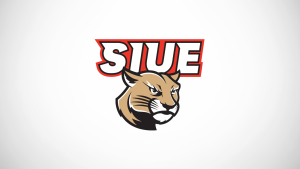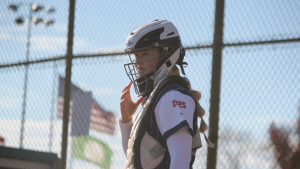Athletic Training Aids Athletes in Pursuits
By Jeff Strange
In today’s ever-evolving field of youth, collegiate and professional sports, the modern athlete recognizes the benefits to seek an edge over their competition. With numerous advancements in the education and technology of sports and athletic training, today’s athlete has taken the opportunities available to enhance their overall performance output in an effort to maximize their athletic abilities.
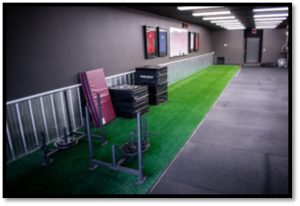
It’s not uncommon to wake up in the morning, tune into a social media outlet of choice and see videos of athletes training in a manner that was perhaps unheard of 30 years ago. Athletes today are more connected than ever before because of smartphones, fitness tracker watches and other devices. This has opened up new training programs for athletes of all ages. With high-tech tools, trainers can now accurately track and measure their athletes’ performance during practice sessions. Technology is revolutionizing sports training, with a high likelihood that it can become even more advanced in the future.
Also evolving is the science of education in sports and athletic training. Former University of Missouri softball player Natalie Fleming graduated with a degree in Exercise Physiology in 2017 from Mizzou. She then took her field of study and love of the game to McKendree University in Lebanon, IL to contribute to their softball program as a graduate assistant coaching softball along with contributing as an assistant strength and conditioning coach. While finishing her masters at McKendree, Fleming pursued and obtained her CSCS certification (certified strength and conditioning specialists) through the National Strength and Conditioning Association. She now works as a trainer at Winchester Spine and Sport in Troy, MO.
According to Fleming, more and more youth athletes are starting to pursue athletic training.
“I think there are more kids starting strength and conditioning at a younger age now compared to even a couple years ago,” said Fleming. “They are learning coordination and understanding how to use their bodies. I also think that there are more travel teams getting into strength and conditioning as a whole now, compared to the past. Previously kids would go out and lift here and there on their own and now whole teams are coming in as an organization.”
Fleming has incorporated her knowledge into tailoring fitness plans for athletes, depending on their experience level and availability.
“Every training program can be different depending on how many days a week I see the athletes and what their goals are,” said Fleming. “Typically, we will start with some kind of speed/explosiveness and then get into the main lift such as a squat or a deadlift. We’ll then mix in some accessory lower lifts, followed by upper body. I’ll have the kids max out when they are in their off-season so that we can get working numbers to train off of and build a program around that.”
Her approach to helping athletes looking for basic overall gains or sport specific training varies, depending on the athlete.
“I think it depends on the age of the athlete as to whether they train for overall gains or more sports specific movements,” said Fleming. “The younger kids are still learning their bodies, so we try to stick with more fundamental and functional movements. With the older kids, we get into more sport specific movements while mixing in the main lifts. Sports feature a ton of power, so no matter what sport we are training for we can always become more explosive.”
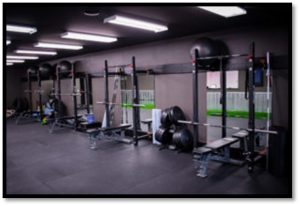
In the world of softball, competition generally chills out during the cold-weather months, allowing the athletes’ time to regroup mentally and seek gains physically. Fleming believes that the off-season is a great time for athletes to utilize the tools, resources and education available to enhance their physical output.
“The off-season is when athletes can really push their bodies and make changes,” said Fleming. “This is the time to challenge yourself, set goals and achieve them. Working for some hypertrophy, get bigger, stronger and more explosive. The other major benefit for training during the off-season is injury prevention. When we are in season, our bodies get worn down and we get tired. However, if we prepare well during the off-season, we lessen the chance of injury or fatigue.”
She also believes that there are benefits to training in-season for athletes as well.
“During the season, you might cut back the amount of days you train and try to maintain the strength you gained during the off-season,” said Fleming. “Working in lower reps with similarly heavy weights. Ultimately, we want to keep the body feeling good. I wouldn’t recommend throwing anything new at the athletes during this time that could stress their nervous system. You want the athletes feeling strong, not being sore going into their games.”
With the advancements of education and technology in sports and athletic training, athletes are taking their physical abilities to new heights. Fleming believes that sharing her knowledge can help young athletes with their respective pursuits.
“I always say I chose this profession because I want to teach kids that how you train off the field directly affects how you perform on the field.”

